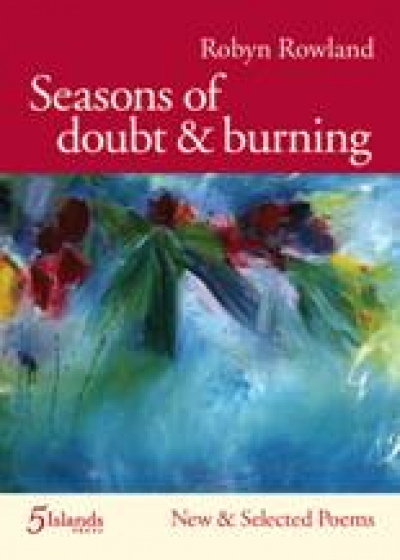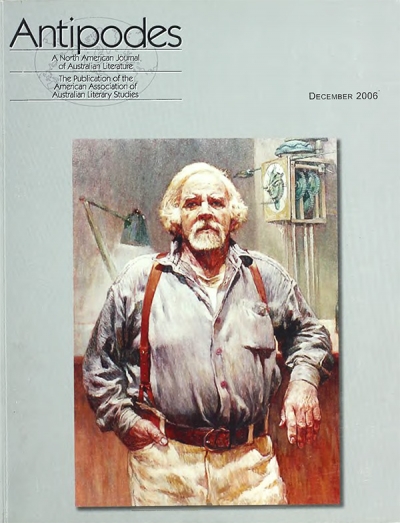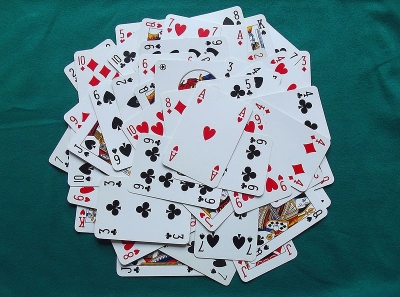Maria Takolander
legendary discovery by Sigismund Freud
(also known as Golden Sigi)
and
no other
Young Poets: An Australian anthology edited by John Leonard
Let us take a look at this place. Marshlands. All the way to the horizon. The land drained, but nevertheless sinking. Sinking into nothing, nothing but itself. Frogs volleying noise in the grass unseen. The hazy movement of mosquitoes low to the ground. On a blade of swamp grass a sleek cricket. Blacker than night and – look closely – its antennae twitching. Just think: there must be more of those creatures, in their thousands, perhaps millions, hiding in the swamp grass as far as your eye can see.
... (read more)Seasons of doubt & burning: New and selected poems by Robyn Rowland
Jolley Prize 2010 (Winner): 'A Roānkin philosophy of poetry' by Maria Takolander
A Roānkin philosophy of poetry
by Maria Takolander
I worked for a while with the second cousin of an acquaintance of the notorious Minean nationalist poet, Honoré Tutkanen, whose book The Overall Underling had done little, my colleague and I agreed, to advance sympathy for the pig breeder. This colleague, a lecturer in the faculty of b ...
I was given to this body as haphazardly
As the monster of Frankenstein.
Lightning is a man’s metaphor,
But like fire it provides
A force alien to question.
Perhaps I am only this, this flesh,
Antipodes vol. 20, no. 2 edited by Nicholas Birns & Australian Literary Studies vol. 22, no. 4 edited by Leigh Dale
The Dark Part of Me by Belinda Burns & The Pilo Family Circus by Will Elliott
Hold the hearts close to your heart:
they’ll feed each other blooms of colour
and the nudity of shapes
until you are bursting





